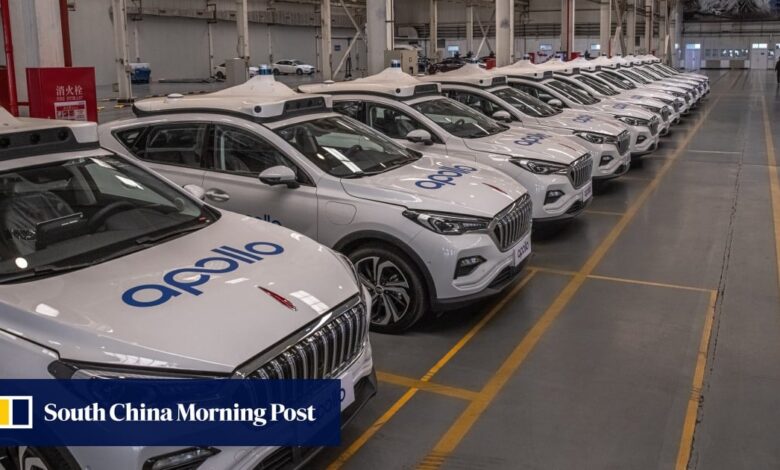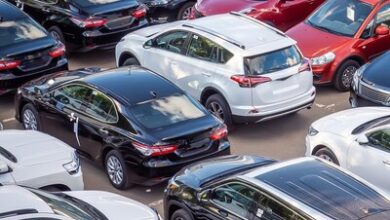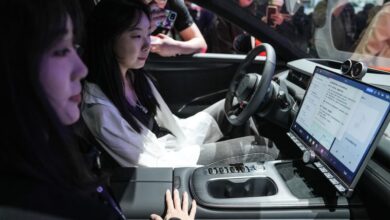China out to drive new economic growth by accelerating autonomous vehicle trial

China will allow leading carmakers to test autonomous driving and other technologies on restricted roads, marking a step forward to transform its 10 trillion yuan (US$1.4 trillion) industry, while also highlighting a huge market for future economic growth.
The Ministry of Industry and Information Technology (MIIT) and three other government agencies jointly announced on Tuesday the approval for nine manufacturers, including the world’s top electric vehicle producer BYD, as well as Nio, Changan Automobile and GAC Motor, to test level three autonomous driving systems.
“This pilot programme can accelerate the mass production and application of smart internet-connected vehicle products, drive the integration of automotive, new energy, artificial intelligence, information and communication industries,” the MIIT statement said.
A level three licence, as defined by the Society of Automotive Engineers International, allows a car to be conditionally self-driving without human intervention unless in case of an emergency. The scale ranges from fully human-driven at level zero to fully autonomous at level five.
The ministry highlighted that the current stage completes only the selection phase for pilot applications, and does not signify approval or permission for autonomous vehicles to operate on the road.
With the pilot programme approved, manufacturers would use data to enhance autonomous driving technologies, establish industry standards and assist governments with related legislation, regulation and infrastructure development, MIIT said.
Enhancing the competitiveness on providing good products with a low cost would be the best way from the Chinese government perspective to retain its footing in the global market
Beijing’s bet on the new energy wave a decade ago has proven to be successful as it has become the world’s leading manufacturer of electric vehicles (EVs).
China is seeking new areas, including autonomous driving, to support future economic growth amid heightened trade frictions and unpredictable disruptive technologies.
“[Such a pilot programme] will allow China to build a more comprehensive EV ecosystem and utilise the advantages of different sectors to create symmetry,” said Gary Ng, senior economist at Natixis Corporate and Investment Bank.
Ng said the primary motive for the programme was to boost the competitiveness of the EV sector, which has consistently received significant support unlike many other industries in China, but is also faced with geopolitical headwinds.
“Enhancing the competitiveness on providing good products with a low cost would be the best way from the Chinese government perspective to retain its footing in the global market.”
Revenue from Chinese carmakers rose by 11.9 per cent year on year to 10.1 trillion yuan in 2023.
The industry is transiting to new energy and smart technologies, while it is also producing and exporting the world’s most new energy vehicles.
A report in May from the People’s Daily newspaper said that tech firms, including Huawei Technologies, Xiaomi and DJI, have been accelerating their presence within the driverless car industry.
“This is a strong policy signal that would actually enhance the collaboration between the EV sector and also these tech firms in this case,” Ng said, adding that tech firms that had experienced regulatory crackdowns may find more business opportunities via such collaborations.
Beijing is endeavouring to promote the testing of autonomous driving, with cities such as Beijing, Shenzhen and Hangzhou opening specific suitable roads.
Chinese EV makers are accelerating the adoption of autonomous driving technology, and according to the China Passenger Car Association, the utilisation rate of vehicles equipped with automation of level two and above had reached 62.5 per cent in the first two months of the year, compared to 55.3 per cent last year.



